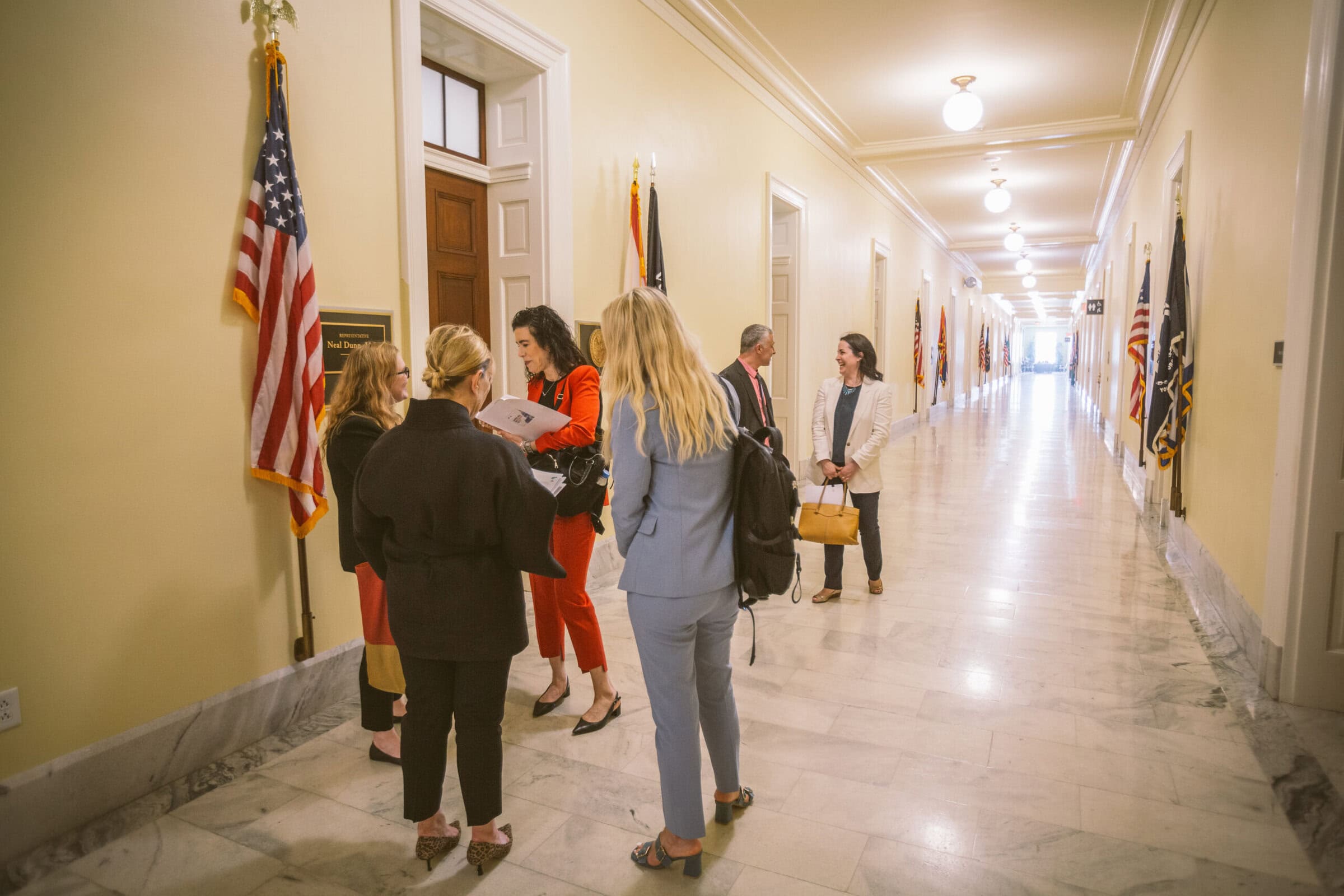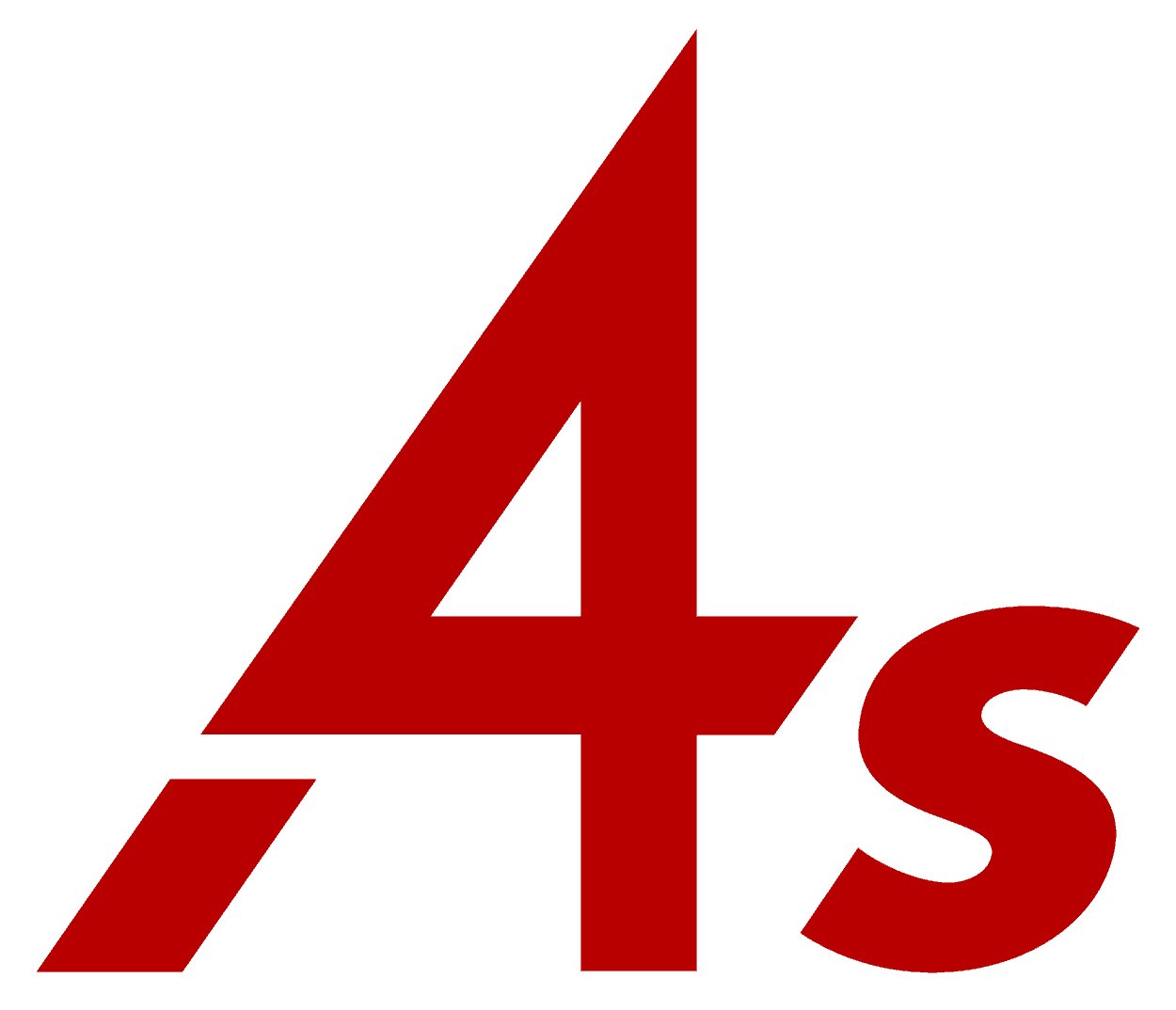Topic
- Government Relations
DOL Regulation to Watch: Federal Minimum Salary Threshold for Classifying Exempt Employees
As President Biden’s Department of Labor (DOL) nominees continue to move through the Senate confirmation process and publicly respond to member inquiries about their preferred priorities, we are starting to get a clearer picture of potential future labor policy changes that could be coming down the pike.
As early as this fall, we expect the Department of Labor to initiate a formal rulemaking process about raising to the federal minimum salary threshold used to classify an employee as exempt from overtime pay. In addition to increasing this federal minimum salary threshold, any proposed rule would likely include language about regular and automatic updates to this minimum salary threshold, a model used by some states and localities who have their own minimum salary thresholds. Last month, the 4As Alison Pepper and agencies Dentsu and Connelly Partners weighed in on the topic with Ad Age.
This automatic salary threshold adjustment approach differs from the current adjustment process in that currently DOL must initiate a new formal rulemaking each time it wants to adjust the federal minimum salary threshold. DOL Secretary Marty Walsh told members of Congress at a June 9 hearing that the existing salary threshold is “definitely too low” and that these automatic adjustments are likely necessary.
With so many agencies experiencing staffing shortages and difficulties hiring new, affordable talent, increasing the federal minimum salary threshold could trigger increased overtime requirements for a larger swath of junior level talent, particularly in lower-cost markets. This could negatively impact the predictability of labor expenses and project budgeting for agencies.
Bipartisan Senate Infrastructure Bill to Terminate Employee Retention Credits Early for Most Employers
Today, the highly anticipated, $1 trillion infrastructure bill is expected to be voted on in the Senate— representing the culmination of months of negotiations over bipartisan pay-fors and redirecting Democratic priorities, including climate change mitigation initiatives and “human infrastructure” investment, into a separate partisan reconciliation bill. The bill is expected to pass on a bipartisan basis, with wide support. The legislation includes a provision that would end the employee retention tax credit (ERC) three months early, on Oct. 1, 2021 instead of Jan. 1, 2022. According to the Joint Committee on Taxation (JCT), the early termination of the credit is expected to save $8.2 billion.
The refundable ERC tax credit, codified in Section 3134 of the Internal Revenue Code, is available to private-sector employers and tax-exempt organizations that experience significant revenue losses or that had to fully or partially suspend operations during the COVID-19 pandemic. Currently, eligible businesses can get a refundable tax credit up to $7,000 per quarter, or $28,000 per employee in 2021 (by way of deducting 70% of up to $10,000 in qualified wages paid per employee each quarter, totalling $7,000.) The bill limits a maximum tax break to $21,000 per worker, as a result of eliminating Q4 program eligibility. Recovery startup businesses remain eligible for the ERC through the end of 2021.
Agencies would qualify for ERCs in 2021 if their gross receipts fell by more than 20% in a quarter relative to the same period in 2019 — before the COVID-19 pandemic. That may apply to more agencies than in 2020, when businesses had to suffer a 50% drop in sales to get the tax break. Businesses also qualified for a lesser credit (up to $5,000 per employee per quarter) in 2020. Agencies can still claim a 2020 credit but must amend their tax returns to do so.
The employee retention credit was created by the CARES Act in March 2020 as an incentive for ailing employers to keep workers on their payrolls during a period of mass layoffs. It has been extended a few times, most recently by the American Rescue Plan, which offered the tax break through 2021. Agencies can still claim a 2020 credit but must amend their tax returns to do so.
More information on ERC’s can be found in the IRS’ June 2021 guidance.
The House of Representatives is expected to return early from it’s August recess so that members can deliberate on the infrastructure bill. House Speaker Nancy Pelosi (D-CA.) has promised she will not bring the bipartisan bill up for a vote unless it also comes with a highly-partisan Democratic reconciliation bill.
How Ohio’s New Data Privacy Bill Stacks Against Other State Privacy Laws
Republican members of the Ohio Legislature along with the state’s Lieutenant Governor John Husted introduced a new, comprehensive data privacy legislative framework, the Ohio Personal Privacy Act (OPPA), on July 13, 2021. The bill’s language mimics many provisions found in recent state laws enacted in California (the CCPA as modified by the CPRA), Virginia (the CDPA), and Colorado (the Colorado Privacy Act). A new chart that lays out how the OPPA compares to other enacted state data privacy laws on key issues can be found on the 4As Privacy Page.
The OPPA offers Ohioans multiple consumer privacy rights, including rights for access and deletion, an opt-out right for the sale of personal data, right to data portability, and the right to non-discrimination for exercising a privacy right. A business that sells Ohio consumers’ personal data must also provide a “clear and conspicuous notice” to enable a consumer to opt-out of the sale of the consumer’s personal data, which could be included in notice on a business’ website or via other means that are “clear and conspicuous notice.”
As it is currently written, OPPA does not specifically address targeted advertising in a manner comparable to other enacted state privacy laws (i.e. “do not share” requirements). Instead, HB 376 creates a framework for how businesses must receive, authenticate and respond to consumer privacy requests. Unlike laws in Colorado, Virginia, and Colorado, HB 376 does not prohibit businesses from charging different prices or rates for goods or services for individuals who exercise their privacy rights, provided they have “legitimate business reasons” or, as otherwise permitted or required by applicable law, to do so. This will allow businesses to continue to engage in customer loyalty and similar marketing programs.
While the OPPA most closely aligns with the Virginia CDPA in its structure, approach, and language, the bill contains a first-of-its-kind affirmative defense provision that businesses can utilize to help shield themselves from Ohio Attorney General enforcement: Having a written privacy program that reasonably conforms to the National Institute of Standards and Technology NIST) privacy framework.
Ohio joins dozens of other states that have introduced similar data privacy legislation.
Ad Trades and Allied Industries Urge California AG to Recall Global Privacy Control Mandate
On July 28, the major advertising industry trade associations including the 4As, the Association of National Advertisers (ANA), Interactive Advertising Bureau (IAB), and Network Advertising Initiative (NAI) sent a letter urging California Attorney General Rob Bonta to withdraw a recent mandate that businesses honor a Global Privacy Control (GPC) — a universal opt-out tool in some browsers and plug-ins that tell websites not to sell a consumer’s personal data.
The GPC mandate, which was issued by the AG’s office in FAQ guidance earlier this month, was developed without a much-needed public engagement process.Current GPC products on the market, including AG-approved EFF’s Privacy Badger extension and the Brave Privacy browser, send do-not-sell signals by default and thus may not reflect genuine, user-enabled choices, a requirement found within the California Privacy Rights Act (CPRA). Other state privacy laws including Colorado’s also require that businesses honor a user-enabled GPC, although Virginia’s law does not.
In the letter, ad industry advocates contend that the AG’s mandate conflicts with the CPRA — which creates a new agency to oversee privacy and issue new regulations, including on GPCs; any regulations that this agency issues will supersede any guidance issued by the AG’s office in just 14 months, thereby creating unnecessary confusion for businesses and consumers The letter also argues that the CPRA gives companies the option to either comply with a universal opt-out mechanism or post a prominent do-not-sell link on their home pages.
Other ad industry and allied business organizations joining the letter include the Insights Association, California Chamber of Commerce, Digital Advertising Alliance, TechNet, and State Privacy & Security Coalition.
More information on the advertising industry’s response to the GPC mandate can be found via an article in Media Post.
DOL Issues Proposed Rule on Federal Contractor Minimum Wage
The Department of Labor’s (DOL) Wage and Hour Division issued a new proposed rule on July 21, 2021 that would increase the minimum wage for employees of federal contractors to $15.00 per hour, effective January 1, 2022. Starting Jan. 1 2023, the hourly rate would be adjusted yearly via the Consumer Price Index. The proposed rule would also require covered tipped workers to be paid a minimum of $10.50 per hour beginning in 2022, then 85 percent of the adjusted wage increase in 2023, and then 100 percent of the adjusted wage beginning in 2024 and in each year thereafter, effectively eliminating the tipped minimum wage for federal contractors by 2024. Comments on the proposed rule are due on or before August 27, 2021.
If finalized, this proposed rule would also codify a previous April 27 Executive Order from the White House and complement continued efforts by the Biden Administration to support a pro-worker agenda. Accordingly, agencies contracting with the federal government should begin preparing now for these changes. In addition to making adjustments to their strategic planning and budgeting for future contracts, agency contracts also may want to review their current contract bidding and plans. While most agency contractors pay their hourly based employees above the $15 hourly threshold, junior-level associates or paid interns in lower cost markets may be affected.
For any questions or to learn more, please reach out to Alison Pepper, 4As, EVP – Government Relations, at [email protected].
Related Posts



12/17/2025


